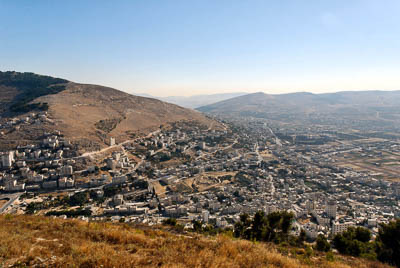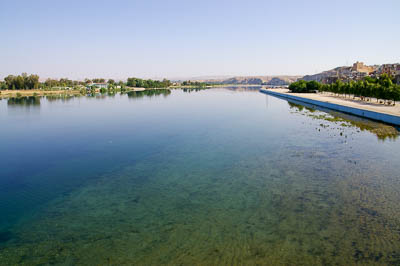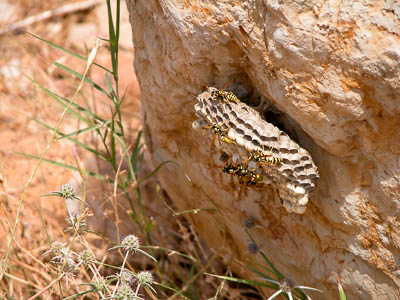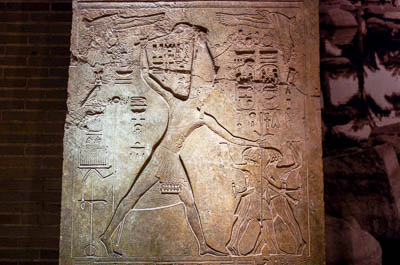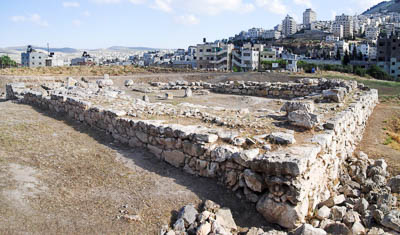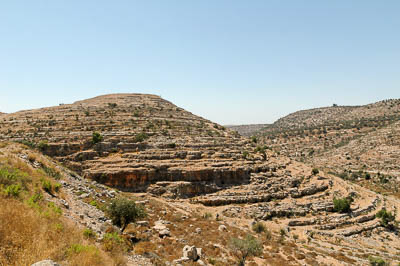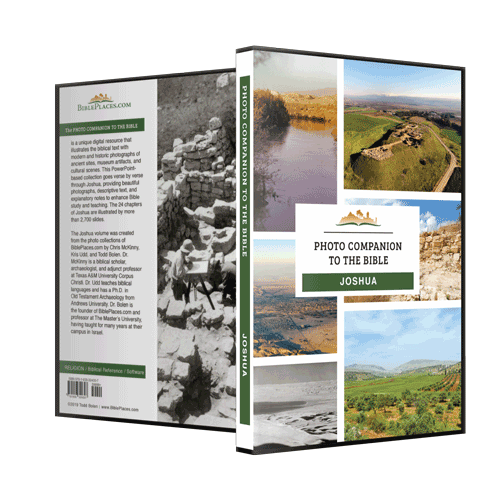And Joshua gathered all the tribes of Israel to Shechem (Joshua 24:1).
Joshua’s choice of Shechem as a gathering place for his final address to the Israelites is an interesting one, since by that time the tabernacle was located at Shiloh (Josh 18:1). However, Shechem had been visited by Abraham (Gen 12:6) and Jacob (Gen 33:18) and would be the burial place of the bones of Joseph (Josh 24:32). Shechem was also the location of some of Joshua’s first activities in the Promised Land, including the construction of an altar and the rehearsal of the covenant (Josh 8:30-34).
